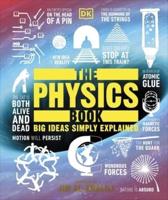Publisher's Synopsis
This book proceeds from basic theory to design studies of concert and multiple purpose halls. The author introduces a remarkable seat selection system for analysis of new and existing halls and proposes a diagnostic system for testing physical properties and calculating psychological attributes at any seat after a hall is built. The book also presents a theory of subjective preferences, vbased on a model of the auitory cognitive system in the brain. Readers can thus follow the temporal and spatial values that may be associated with the left and right cerebral hemispheres in listening to music and speech, respectively, in a room. From results of calculating subjective preference at each seat, for example, architects, musicians, and acousticical engineers concerned with the design and use of concert and multi-use halls may determine the best location to perform a certain type of music on the stage, as well as the best seats from which to listen. These results will also allow designers tooptimize the height of the canopy above the stage, and the positions of other reflectors to fuse performer and hall sound. At the end of the book such a design theory is described, incorporating temporal and spatial values that may be generalized in physical environmental design. In writing this book, the author has paid special attention to stimulating the left and the right hemispheres of the brain with both text and illustrations. Written at the level of advanced undergraduate students, this book should be of interest not only to acoustical engineers and architects, but also to musicians, acoustical consultants, audio engineers, and sound coordinators of concert halls and theaters, as well as researchers who are interested in fusing science and art.









